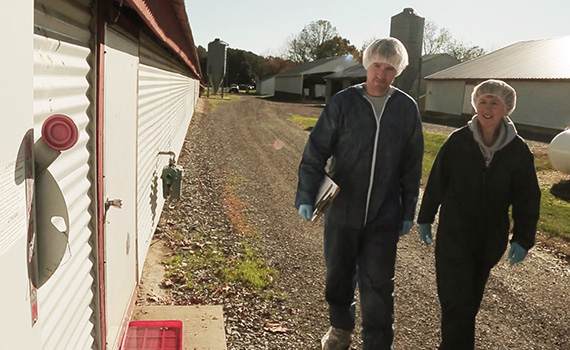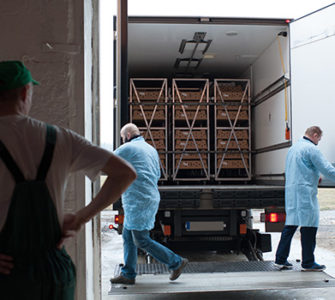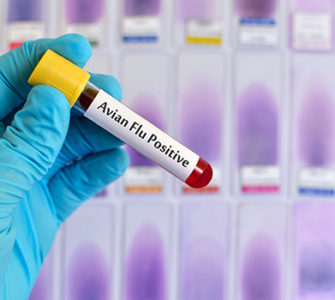Video provides practical biosecurity tips for poultry
A training video that provides practical biosecurity tips for protecting commercial poultry flocks from avian influenza and other infectious diseases has been developed by the University of Maryland and the USDA National Institute of Food & Agriculture.
Filmed on a poultry farm, the six-minute video demonstrates proper personal biosecurity procedures for growers and how to make sure vehicles and visitors to farms don’t spread disease.
In addition, the video underscores the importance of cleaning and disinfecting equipment, tools and service vehicles before entering and leaving the poultry farm. Other topics in the video include methods of protecting flocks from wild birds and proper disposal of dead birds.
Only essential visitors should be allowed on poultry farms and all should be required to provide their name, contact information and the last place they visited, growers are advised. That information, the video says, could provide valuable information for tracing the source of infection if a disease outbreak occurs.
The video is titled “Preventing Outbreaks of Avian Influenza Through Science-Based Education of Commercial Poultry Farmers.”
More than 48 million birds on 219 premises in the Pacific Northwest to the Midwest either died or had to be depopulated due to highly pathogenic avian influenza (HPAI) infection. Epidemiologists believe HPAI was introduced by wild migratory waterfowl, the video says, but was later spread by people from farm to farm.
Posted on November 12, 2016

















